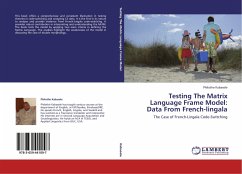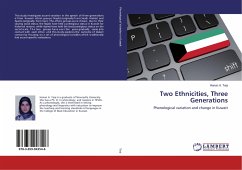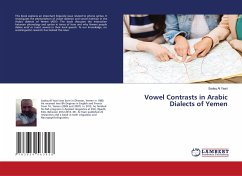This work is a comparative description of the phonology of Ìd mà dialects. For the data collection, we used Roger Blench's word list of basic lexicon and culture-free vocabulary items. The data were analyzed using the basic principles of the Classical Phonemics and Mass Comparison model. The study is an attempt to provide linguistic evidence for the genetic relationships amongst Ìd mà dialects. The study reveals that all the dialects attest to seven vowel system with three types of vowel harmony (+ATR, -ATR and NEUTRAL). Nasalized vowels are attested. Vowel lengthening occurs, to mark adverbials, exclamations, interrogation and adjectival. Consonants in Ìd mà range from 27-30, depending on the dialect. All the dialects attest to five places of articulation (labial, alveolar, velar, glottal and palatal) and five manners of articulation (plosive, fricative, affricate, nasal and approximants). These confirm Williamson and Blench's (2000) classification of Ìd mà as a member of West Benue Congo family becauset he phonological features of the dialects conform to the typological characteristics of the phylum. Ìd mà basically has three-level, register tone system...








